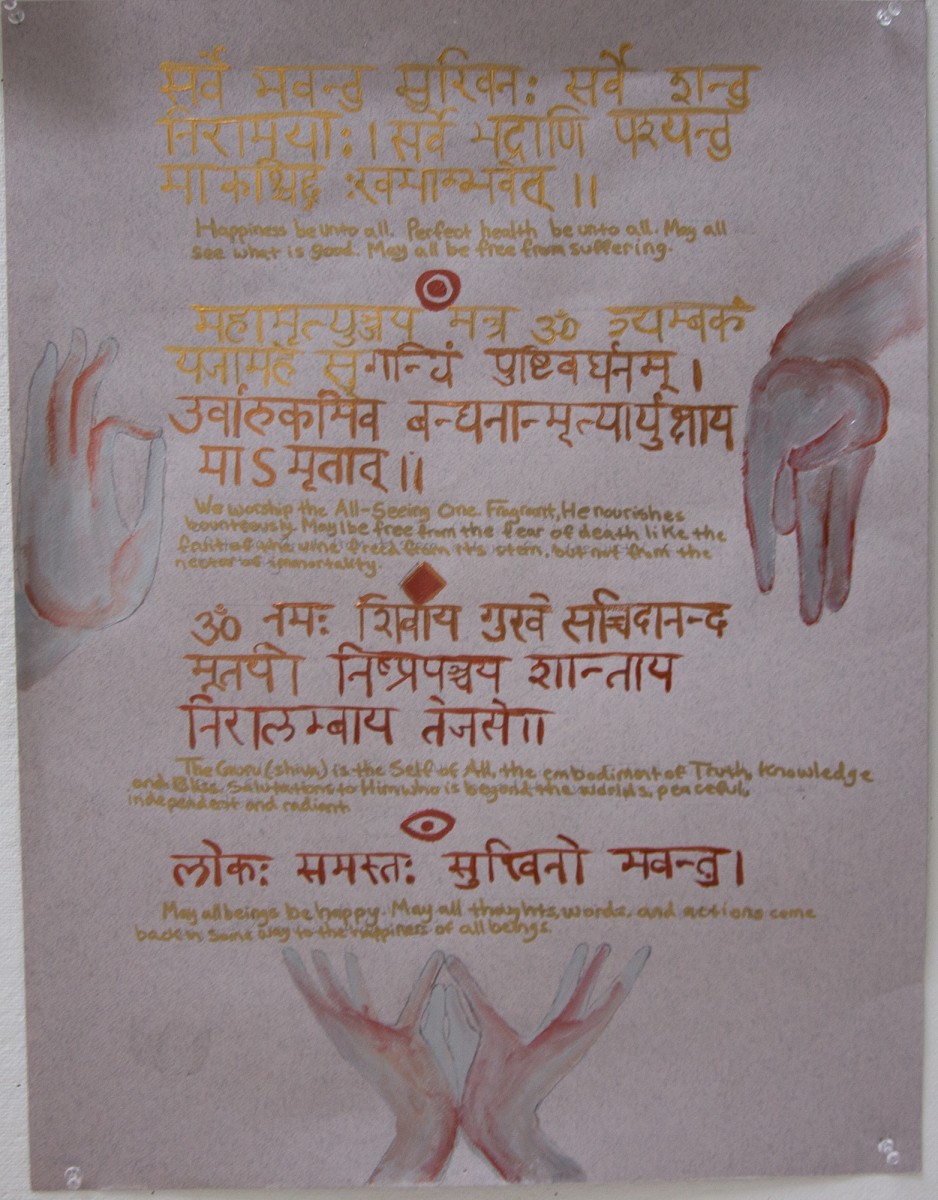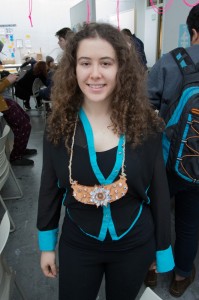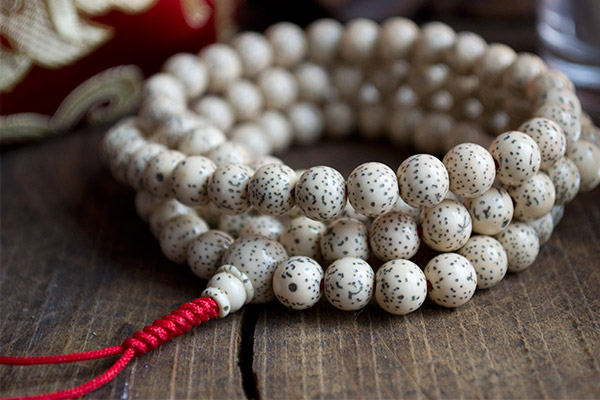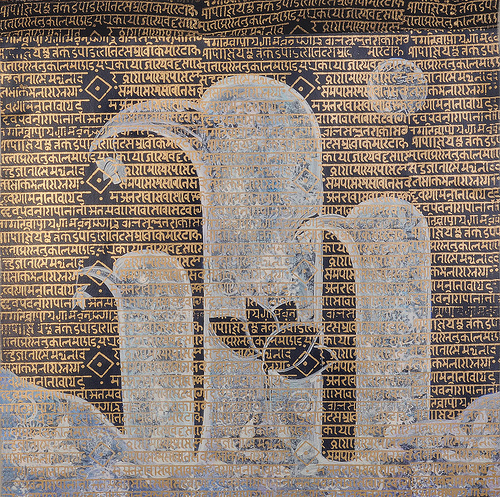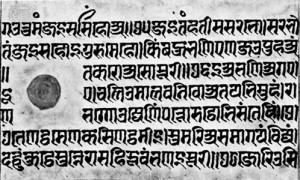This quarter for my ILC, I have been teaching yoga classes and planning and organizing the student group, as well as attending classes in local studios and special workshops on campus. My goal was to make something that displays the mind, body, spirit connections that happen all the time during our existence. I want to show how our internal selves, or inner minds, produce the world around us, and are blueprints for what we physically make, as well as our physical bodies. I was particularly inspired by the Chunliang Al Huang workshop in many ways, especially in the way he would live draw Chinese calligraphy symbols to teach postures and meanings. I felt that this ties together visual arts and movement extremely well, and from this felt compelled to learn Sanskrit calligraphy. I took a few online classes, and decided to write in Sanskrit some of the mantras (chants) I teach during my class. I also drew three mudras, Om mudra (left), Lotus mudra (center), and Mayura mudra (right). I drew the symbols to inspire the connections between words, sounds, gestures, and physical movement and posture, to help the onlooker realize they are all the same. How what we say, what we think, how we move, the sounds we make, all are connected and affecting each other at all times, and the practice of meditation and yoga can help improve our well being and purify ourselves for optimal function.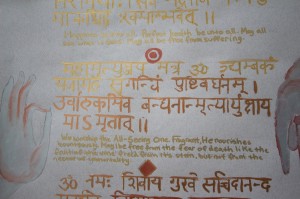
Four my group project, I created a necklace that was inspired by the ancient Egyptian jewelry. I used the lotus in the center because I have been working with this symbol throughout the quarter, and learned that in Egypt it was a symbol of sun worship. I placed an eye in the center to give the piece beingness, and to remind the onlooker that it is alive and is looking back at you.
